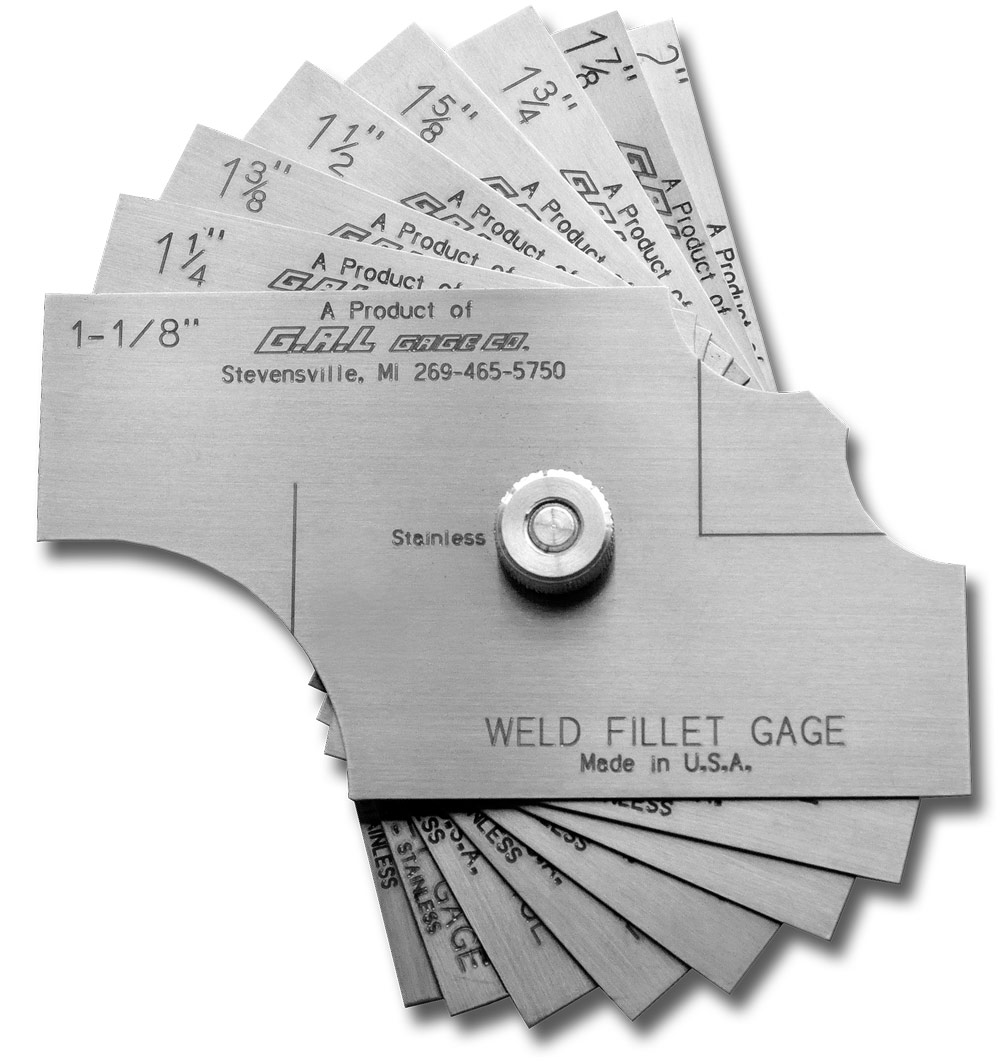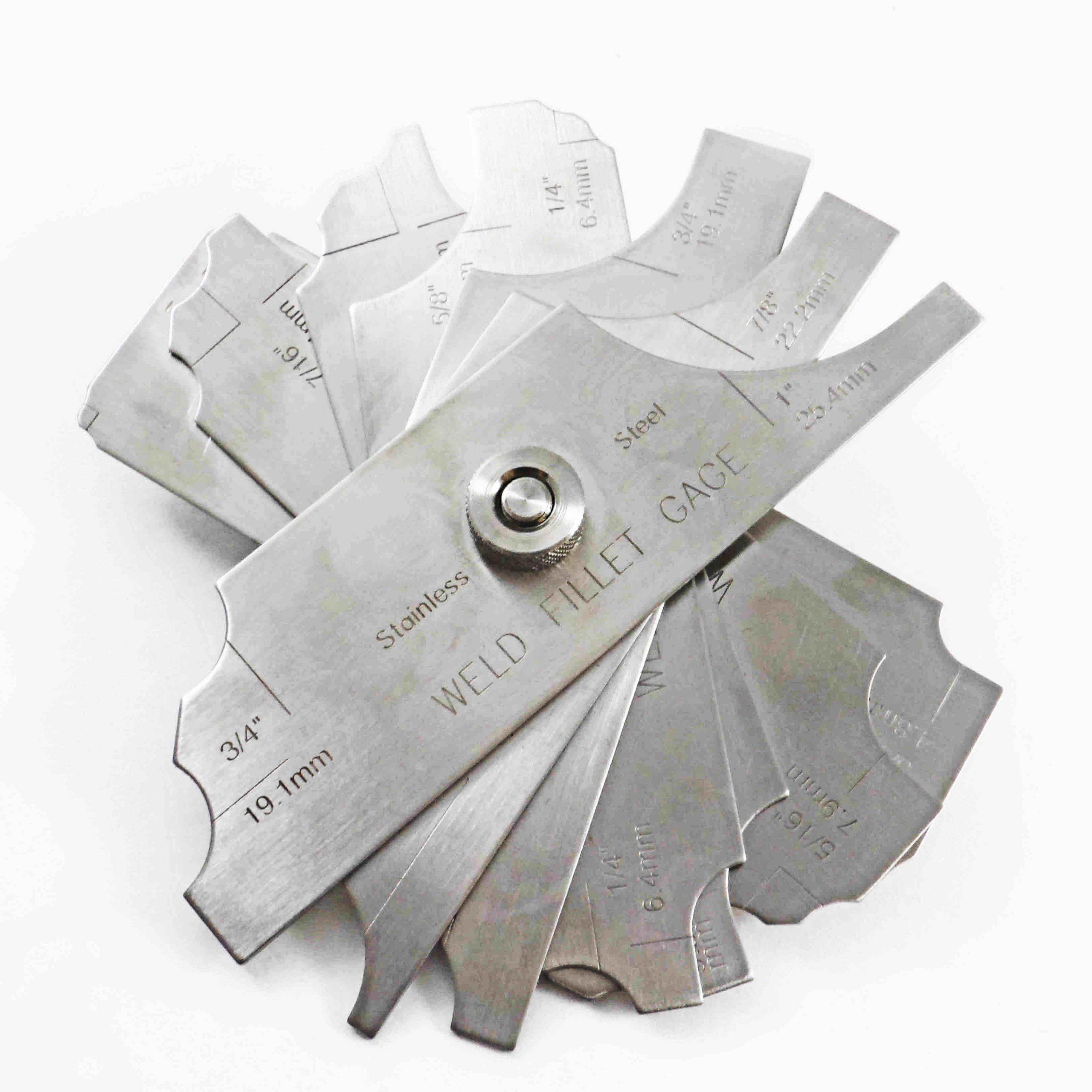Ingenious Tools and Methods for Accurate Gauge Fillet Weld Measurements
Ingenious Tools and Methods for Accurate Gauge Fillet Weld Measurements
Blog Article
Fillet Weld Layout Techniques: Optimizing Joint Performance and Looks for Structural Stability
In the world of architectural engineering and manufacture, the relevance of fillet weld design strategies can not be overemphasized. By diligently thinking about elements such as weld profile optimization, product selection, joint prep work methods, welding process effectiveness, and visual improvement engineers, producers and methods can attain an unified balance in between functionality and look in their bonded frameworks.
Weld Account Optimization


Accomplishing an optimal weld profile entails a precise factor to consider of aspects such as product thickness, joint arrangement, welding placement, and preferred welding rate. In addition, the choice of suitable welding criteria, such as voltage, present, and travel rate, is essential in managing the shape and measurements of the fillet weld. Utilizing innovative welding methods, such as pulse welding or robotic welding, can additionally fine-tune the weld profile to satisfy particular layout demands and top quality requirements.
Basically, weld account optimization is an essential facet of fillet weld style that straight influences the total performance and integrity of welded joints in architectural applications.
Material Option Considerations
When taking into consideration material choice for fillet weld design, the compatibility of the base steels is a vital factor influencing the architectural integrity of the joint. It is important to choose products that not just weld with each other effectively however additionally possess similar mechanical residential or commercial properties to make certain the load is uniformly dispersed in between the weld and the base metals. Welding products with vastly different properties can lead to problems such as stress and anxiety focus, premature joint failure, or splitting.
In addition, the environment in which the welded structure will run must be taken into consideration when choosing products. Variables like corrosion resistance, temperature fluctuations, and direct exposure to chemicals can all impact the long life and performance of the weld joint. By choosing products that are appropriate for the desired application and environment, the overall sturdiness and integrity of the welded joint can be substantially improved.
As a result, detailed factor to consider of product compatibility and ecological variables is extremely important in ensuring the weld joint's toughness, resilience, and overall structural honesty.

Joint Prep Work Techniques
Taking into consideration the crucial function material selection plays in making sure the architectural honesty of fillet weld joints, it is essential to execute accurate joint prep work methods that enhance the connection in between the base metals. Joint preparation is an important step that directly influences the top quality and toughness of the weld.
Moreover, proper fit-up of the joint is vital to make certain uniform distribution of the welding product and avoid flaws like incomplete infiltration or excessive build-up. Beveling the sides of the base steels can develop a groove that enables for much deeper weld infiltration and a stronger bond. In addition, tack welding the elements in position prior to the last weld aids keep positioning and decreases distortion throughout the welding procedure. By meticulously adhering to these joint preparation methods, welders can enhance the general efficiency and visual appeals of fillet weld joints while ensuring architectural strength.
Welding Process Efficiency
Efficient welding processes are necessary for achieving ideal performance and quality in fillet weld fabrication. Procedures like gas steel arc welding (GMAW) and flux-cored arc welding (FCAW) are commonly used for fillet welds due to their adaptability and rate.
Regular calibration of welding machines, inspection of consumables, and upkeep of welding lanterns can protect against downtime and revamp, ultimately conserving time and sources. Trained welders are much more proficient at adjusting parameters, repairing concerns, and keeping constant weld quality.
Visual Improvement Techniques
To enhance the high quality of fillet weld fabrication, applying visual enhancement techniques can play an important role in making certain precision and precision throughout the welding process. Aesthetic enhancement techniques encompass numerous techniques targeted at improving the look and quality of fillet welds. One typical approach is making use of back purging systems to get rid of oxidation on the backside of the weld, causing a cleaner, much more visually pleasing coating. In addition, utilizing correct lighting plans go right here in the welding location can improve exposure, allowing welders to keep an eye on the weld swimming pool and guarantee regular bead formation. Aesthetic help such as weld size determines and magnifying lenses can help in assessing weld profiles and measurements properly. The use of contrasting marking products or temporary tacking can assist in lining up Our site and placing the work surfaces precisely before welding. By integrating these visual enhancement techniques right into the welding procedure, welders can attain not only structurally sound fillet welds but likewise aesthetically enticing outcomes that meet industry standards.

Conclusion
In verdict, optimizing fillet weld style entails careful consideration of weld account, material selection, joint prep work, welding procedure effectiveness, and aesthetic improvement find methods. By carrying out these approaches, structural stability can be boosted while also achieving aesthetic charm. It is very important to prioritize both efficiency and visual appeals in fillet weld style to make sure the total quality and sturdiness of the joint.
By meticulously taking into consideration aspects such as weld account optimization, product option, joint prep work strategies, welding process efficiency, and visual enhancement designers, approaches and fabricators can attain a harmonious equilibrium between functionality and appearance in their welded structures.In the world of fillet weld layout, maximizing the weld profile plays a critical duty in making certain architectural honesty and efficiency. The weld profile, which includes the size and form of the weld cross-section, straight affects the distribution of tension and load-bearing capacity within the joint. It is important to choose products that not just weld together effectively but additionally have similar mechanical buildings to make sure the tons is evenly dispersed in between the weld and the base steels - Gauge Fillet Weld.In verdict, enhancing fillet weld design involves cautious consideration of weld profile, product selection, joint prep work, welding procedure efficiency, and aesthetic improvement methods
Report this page